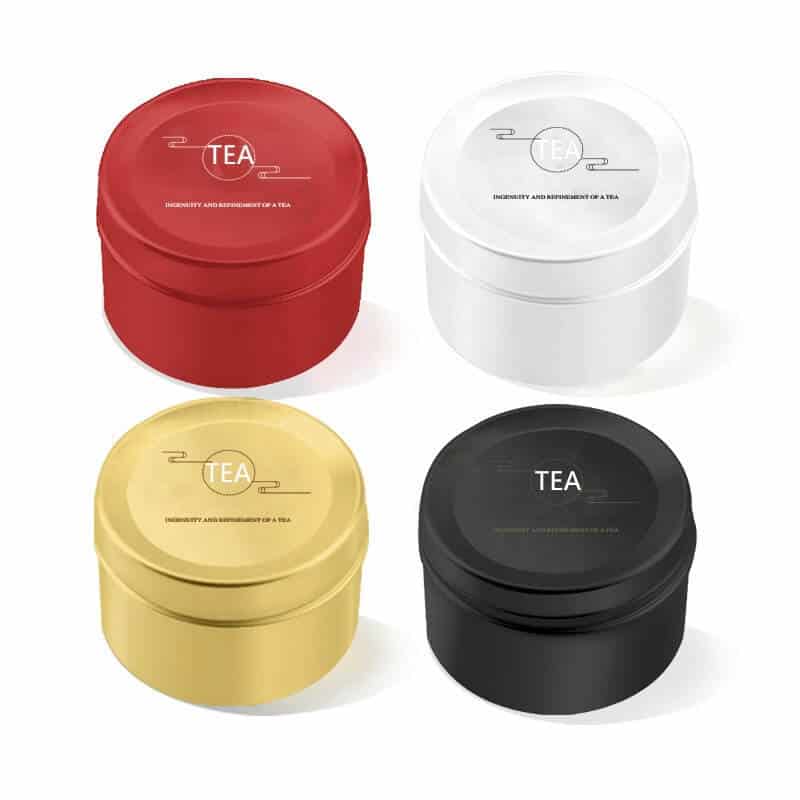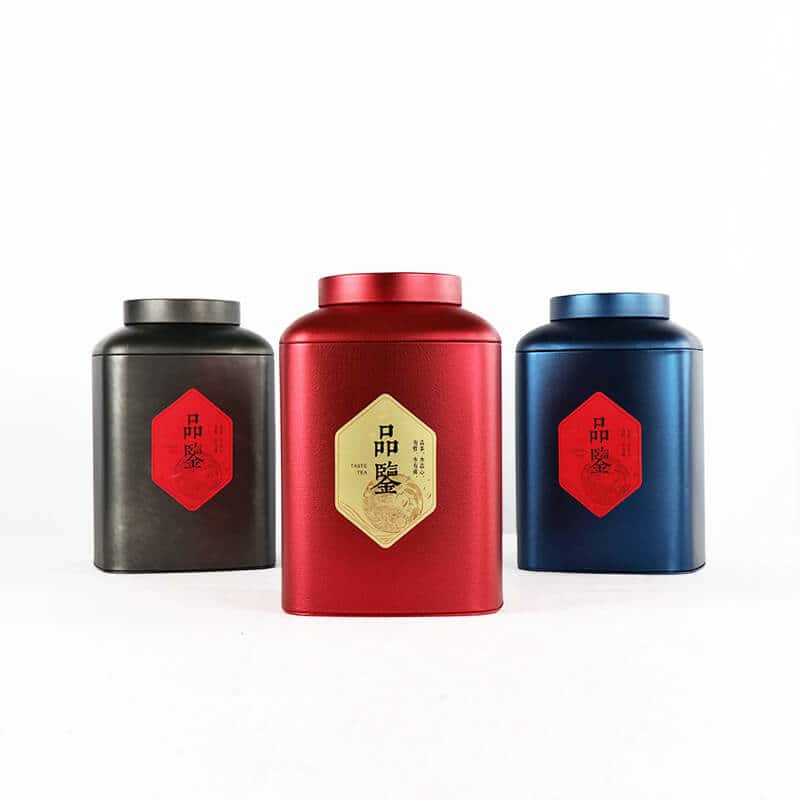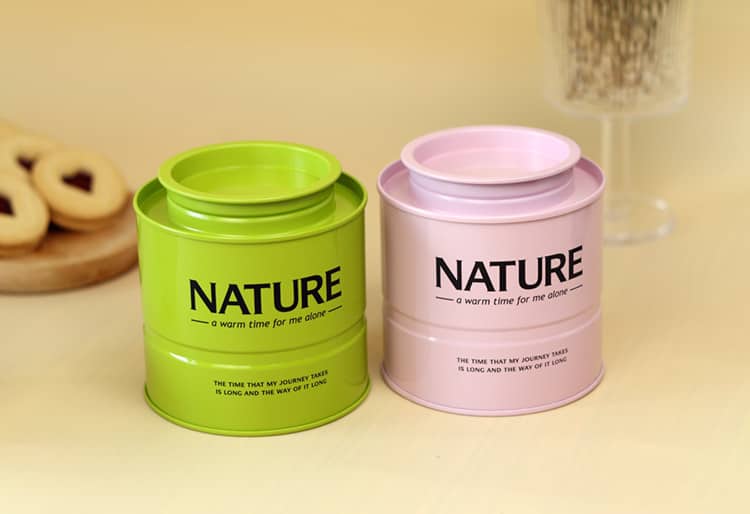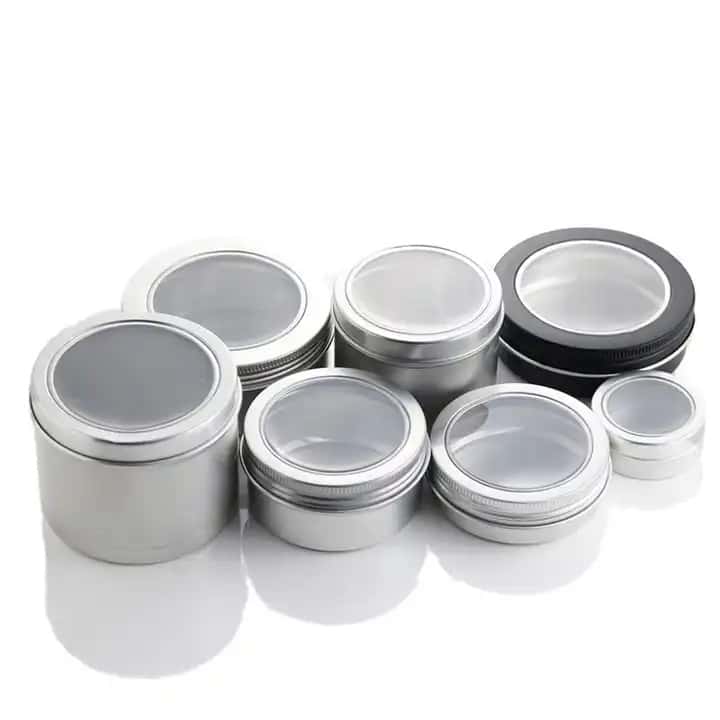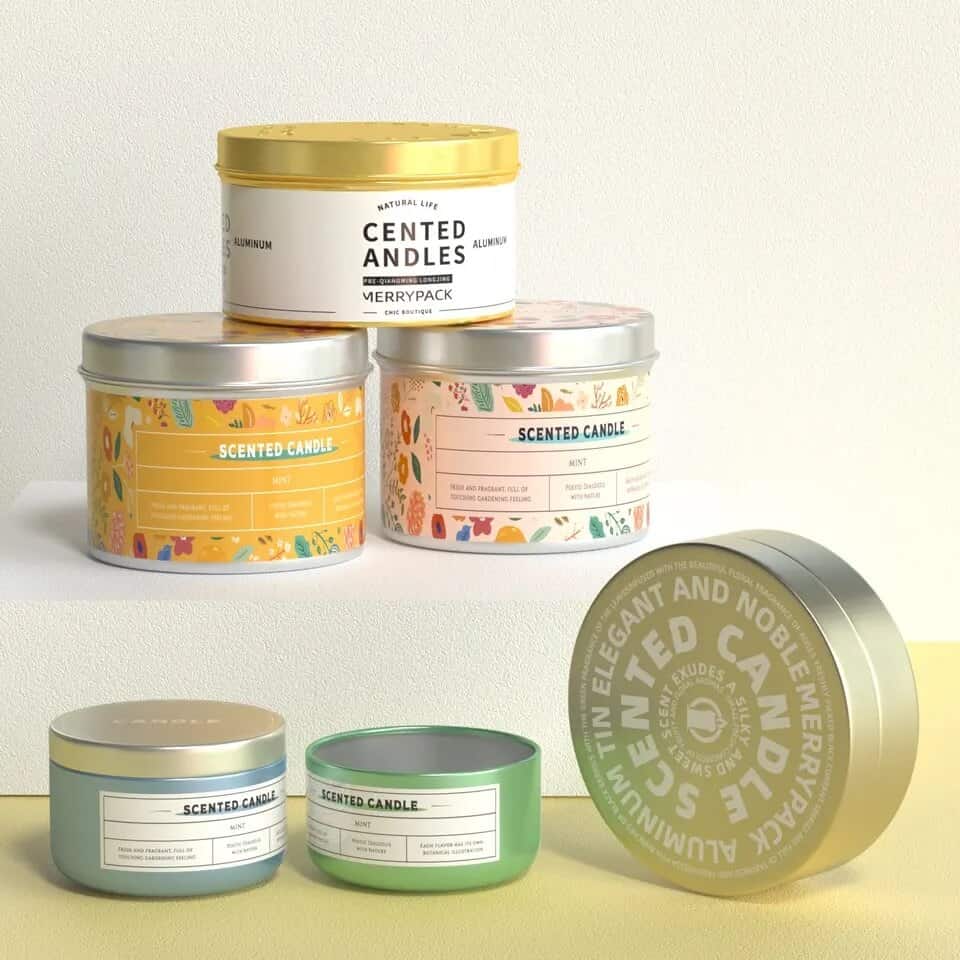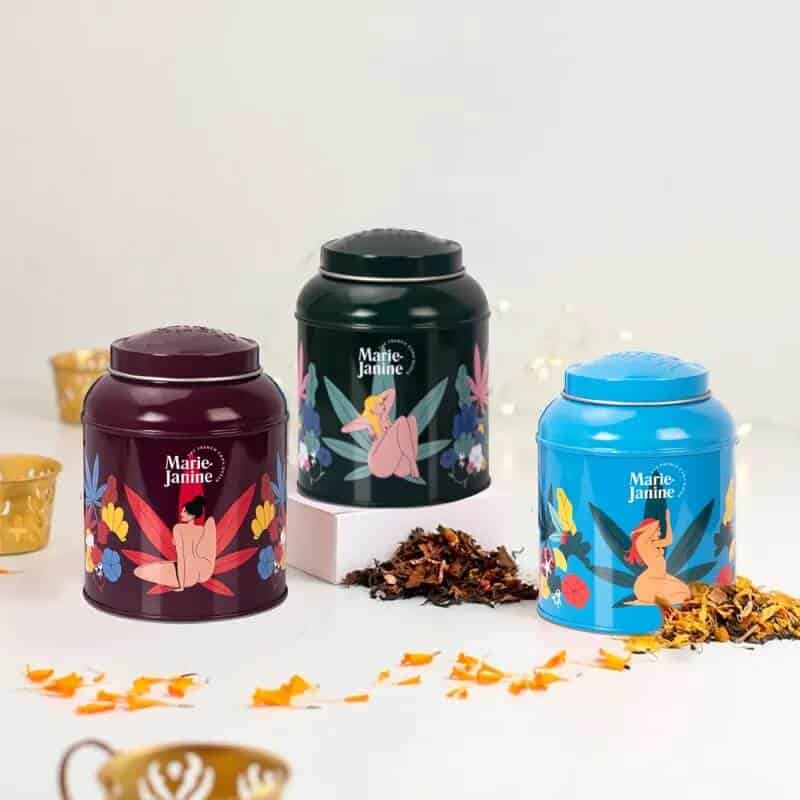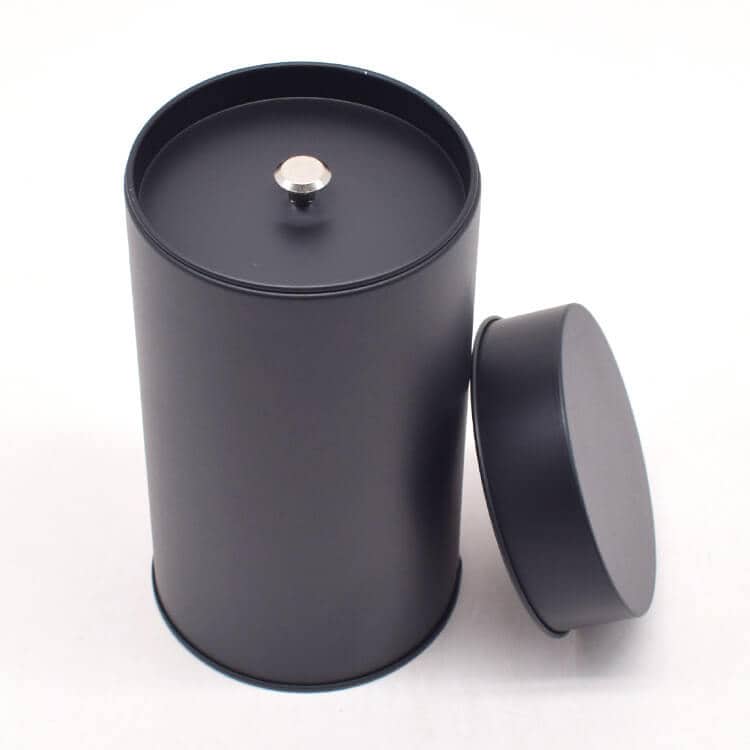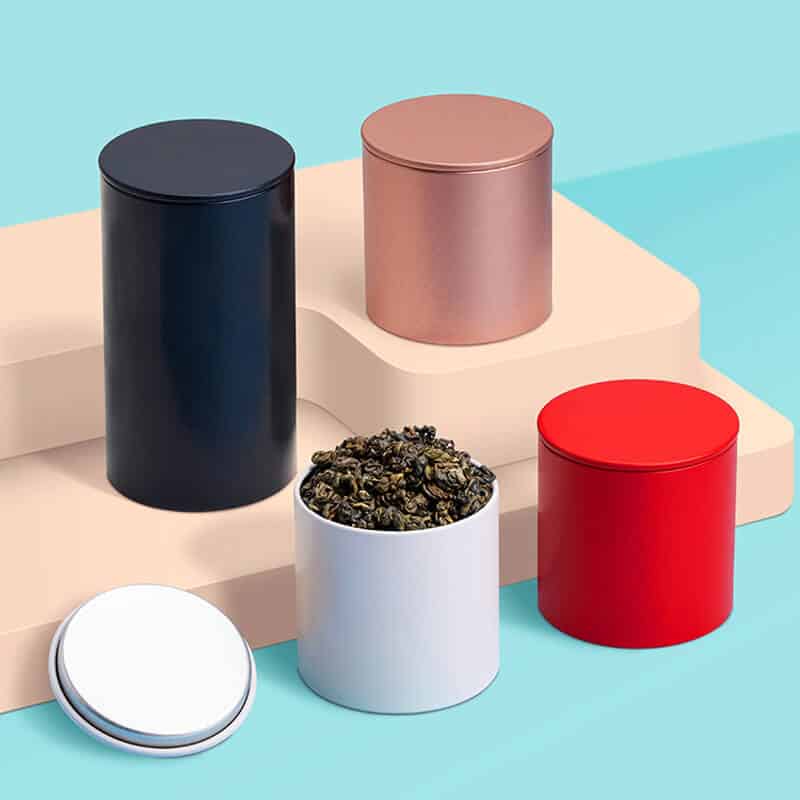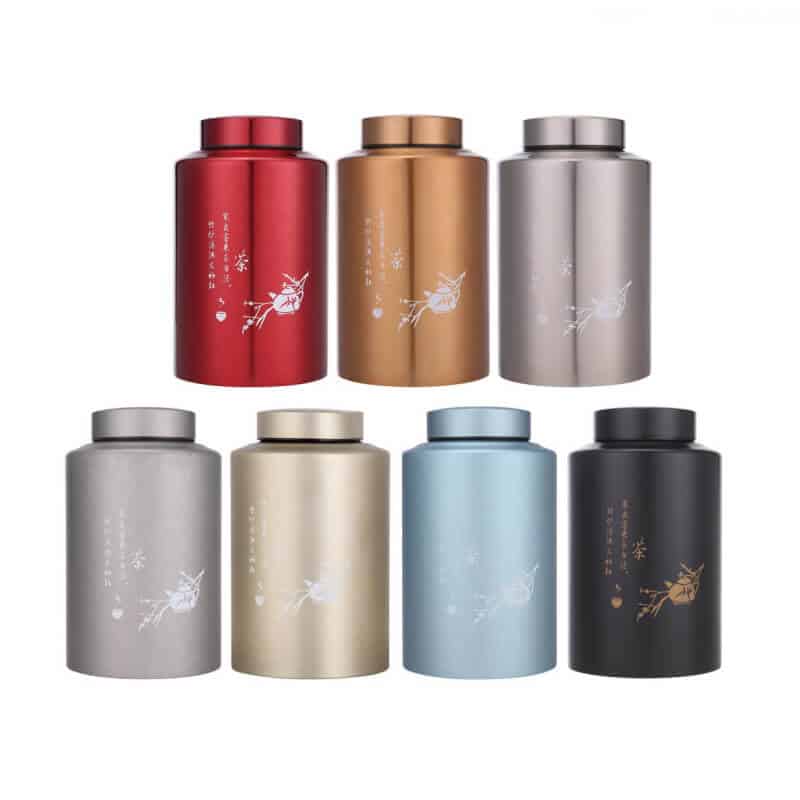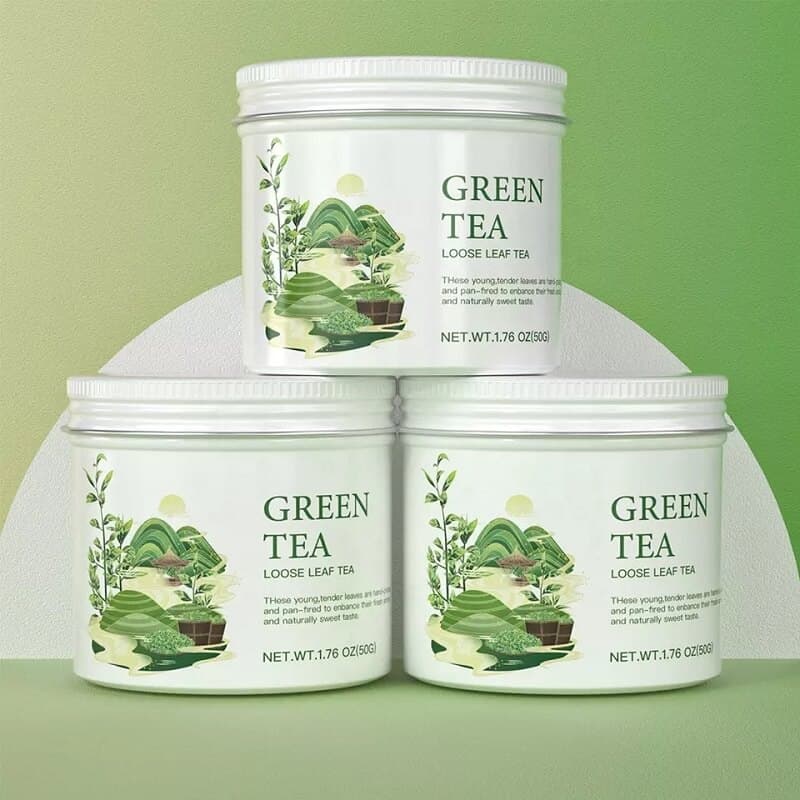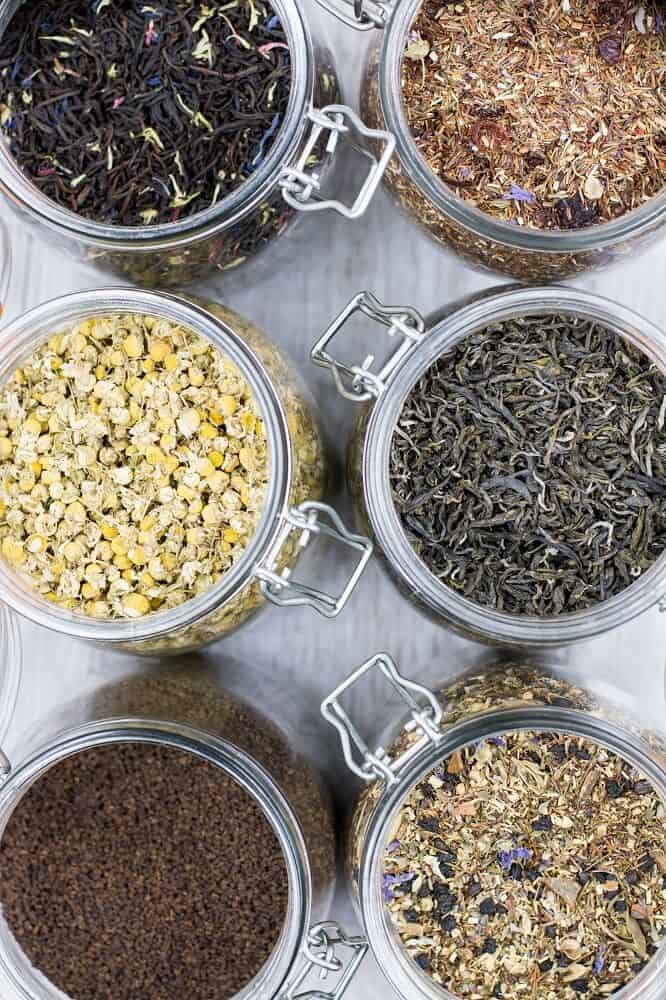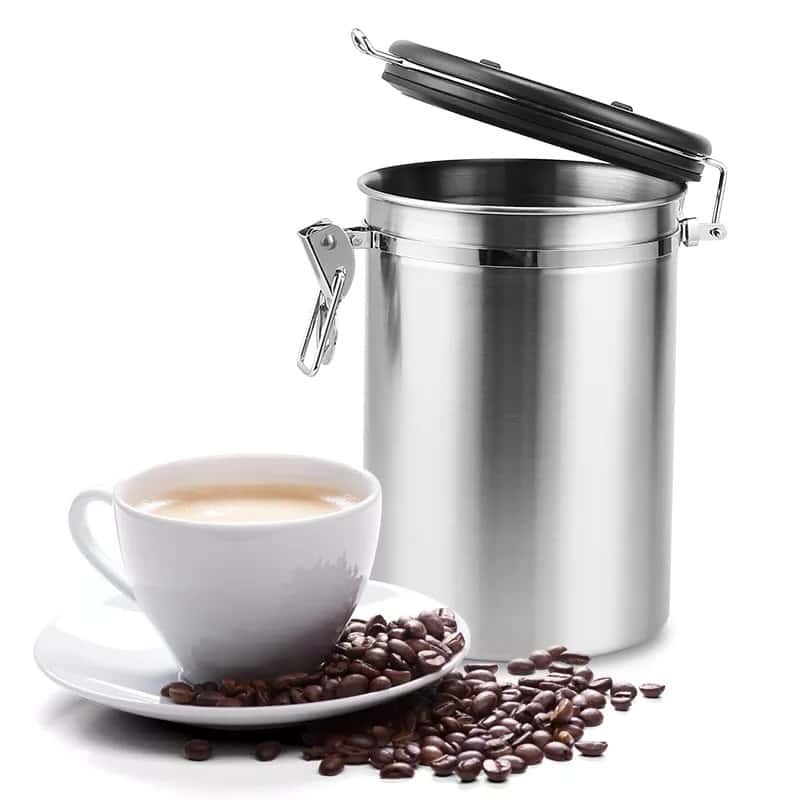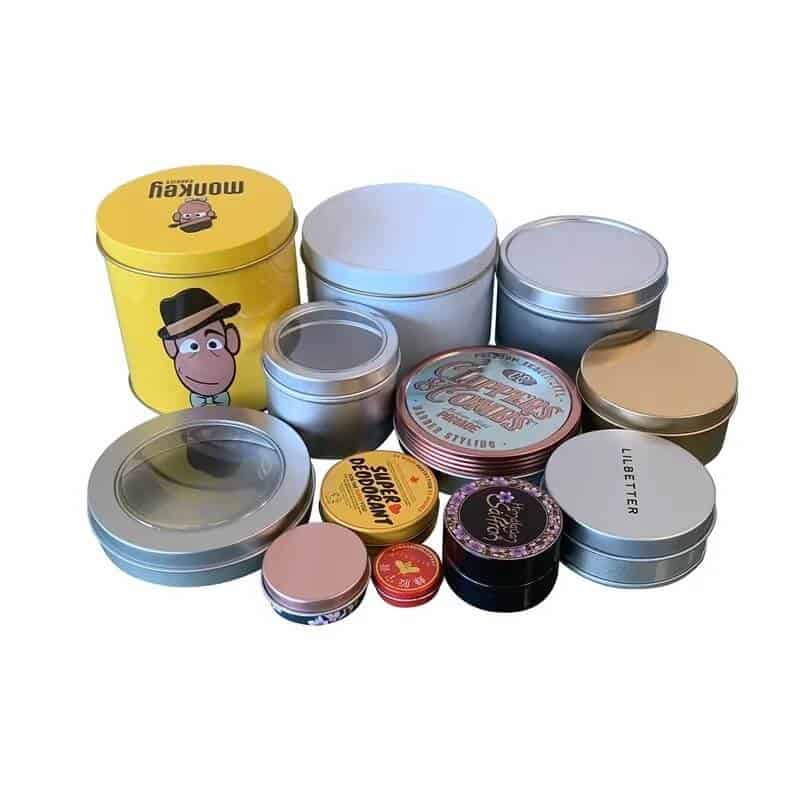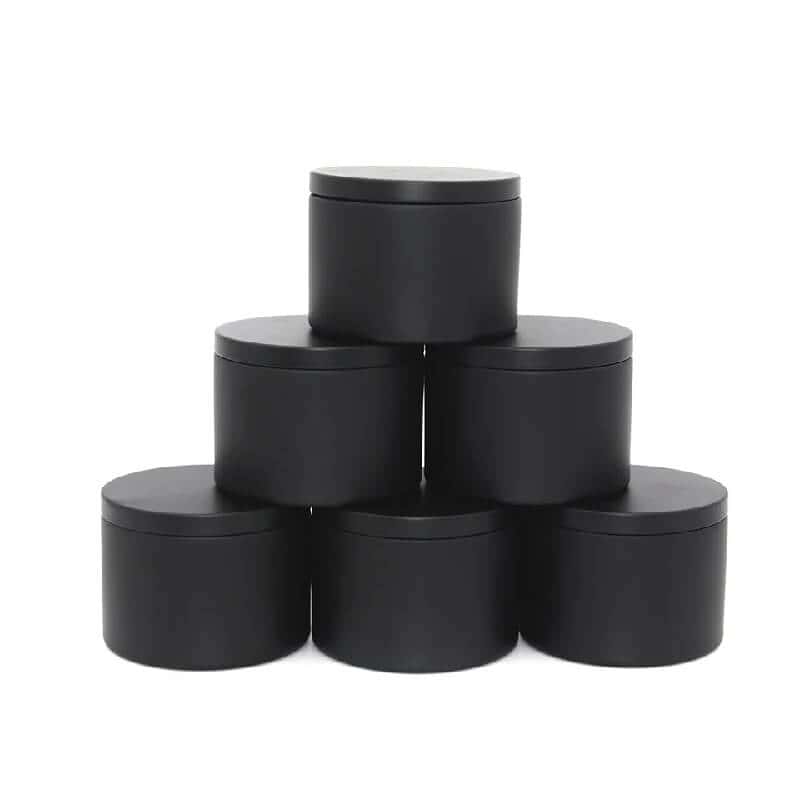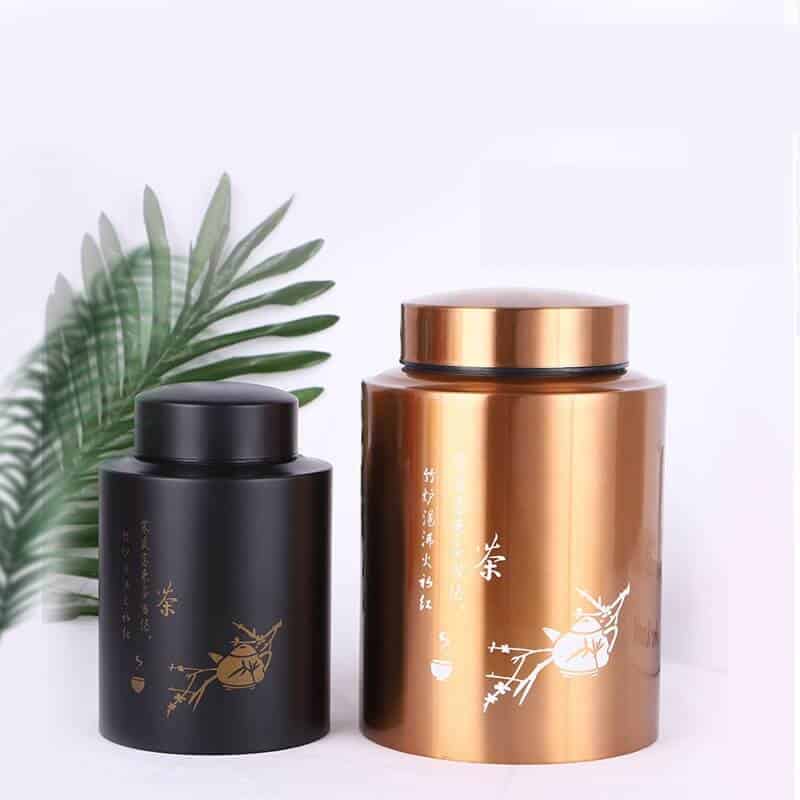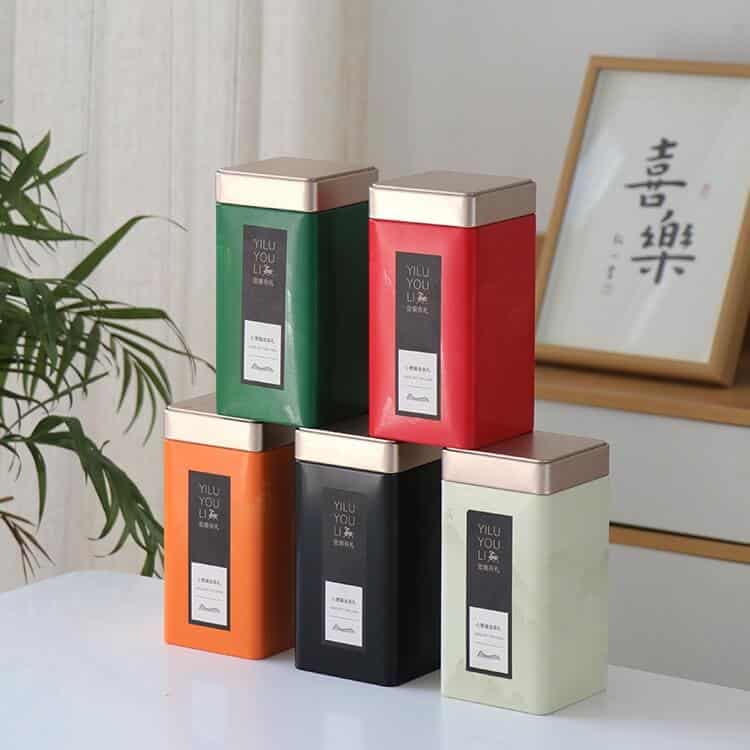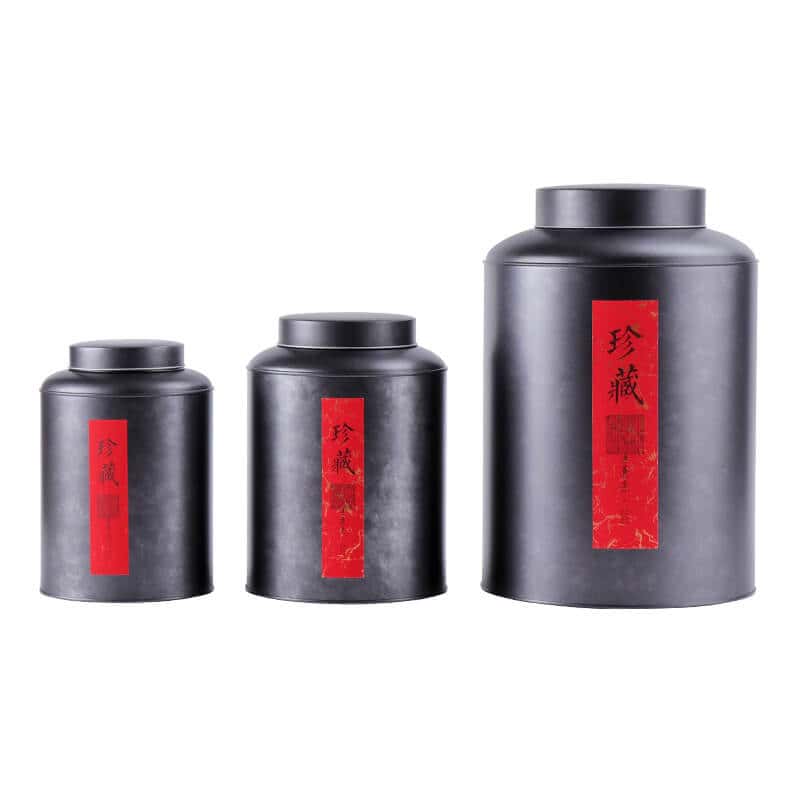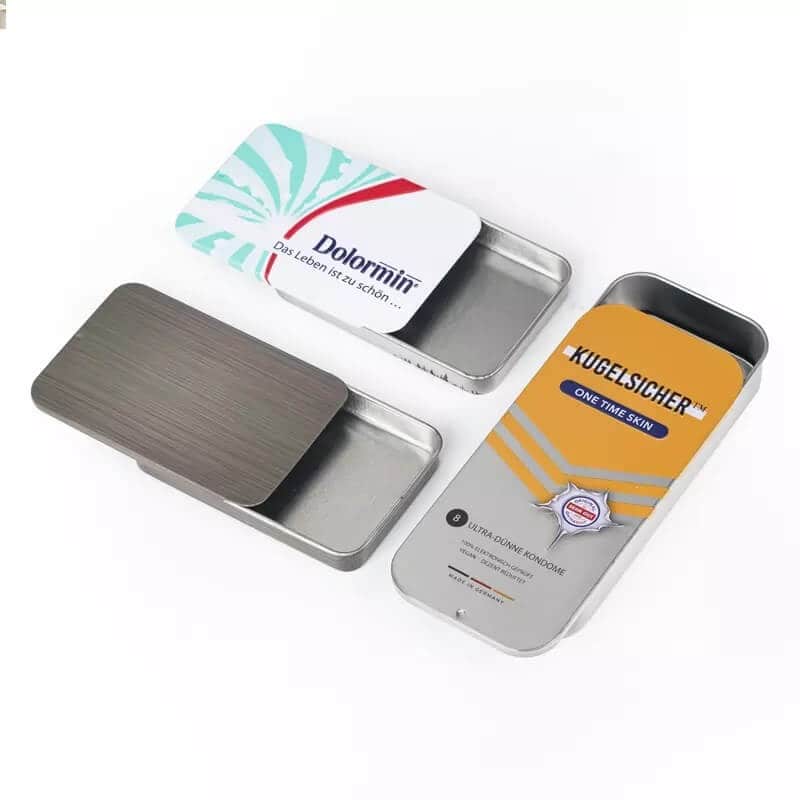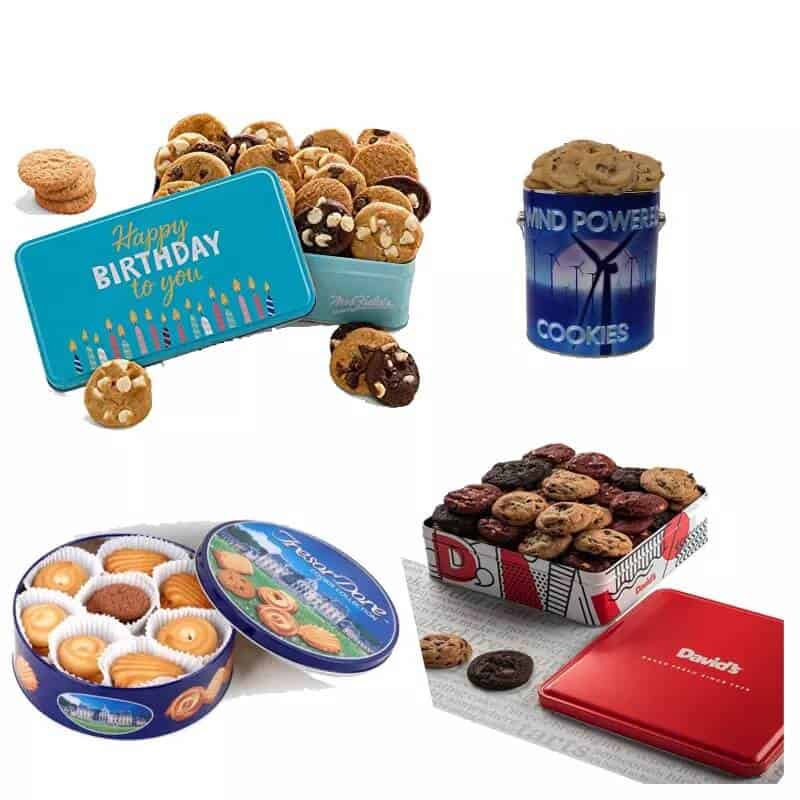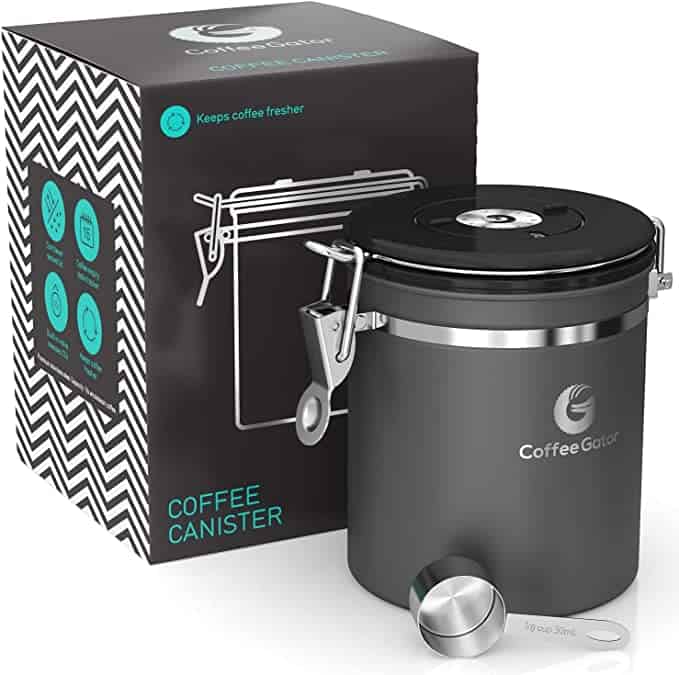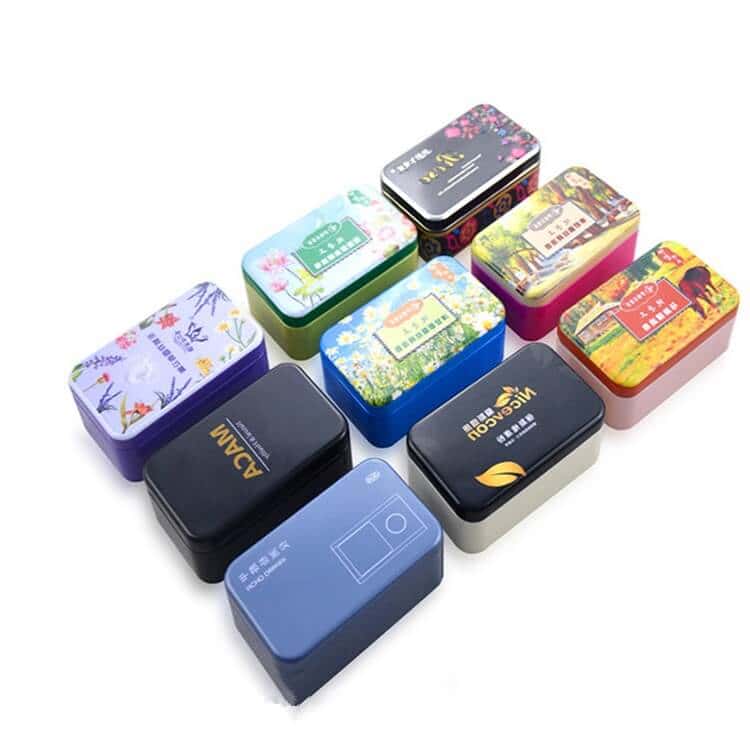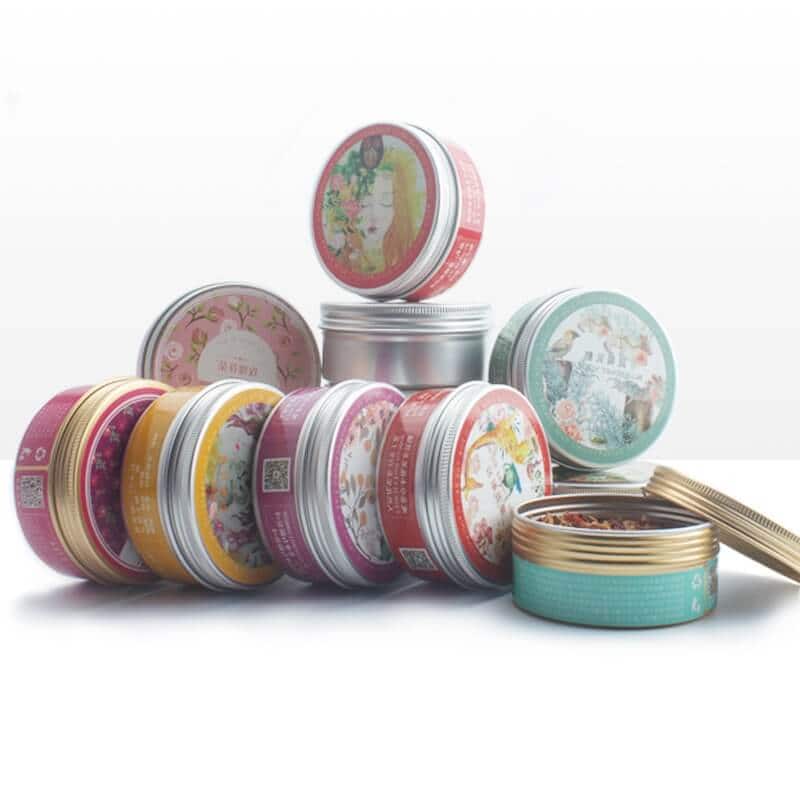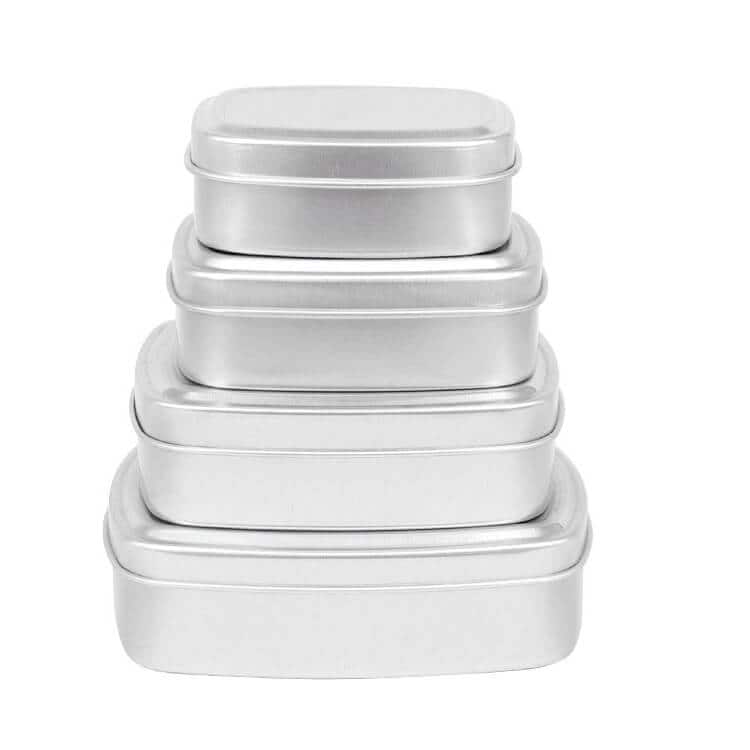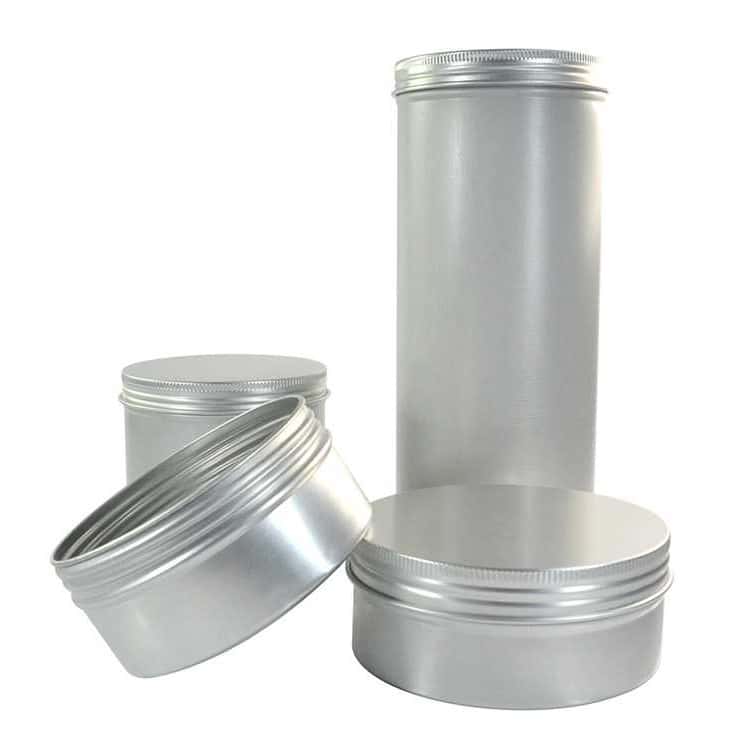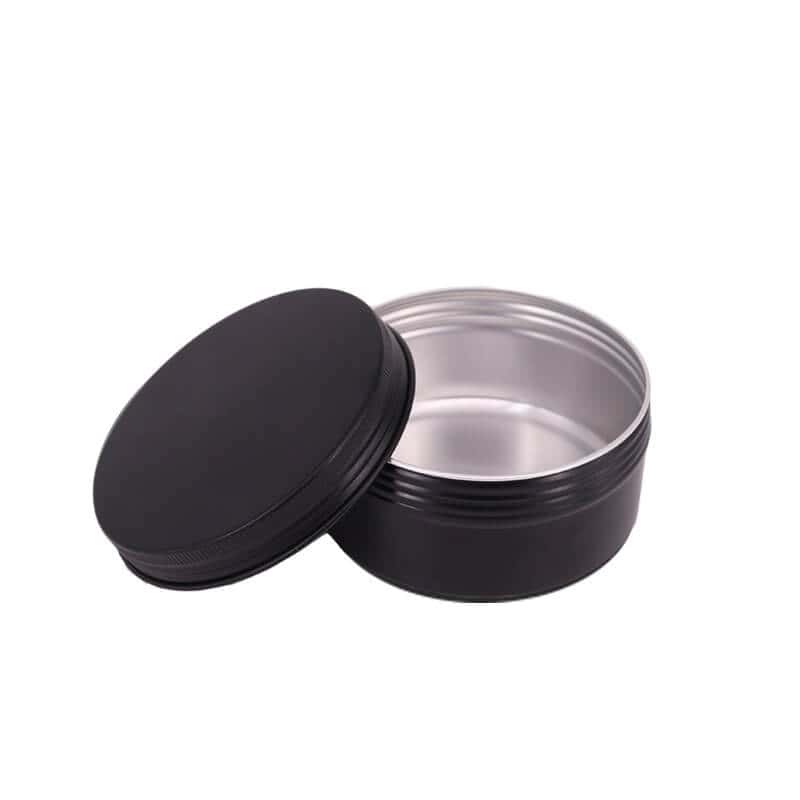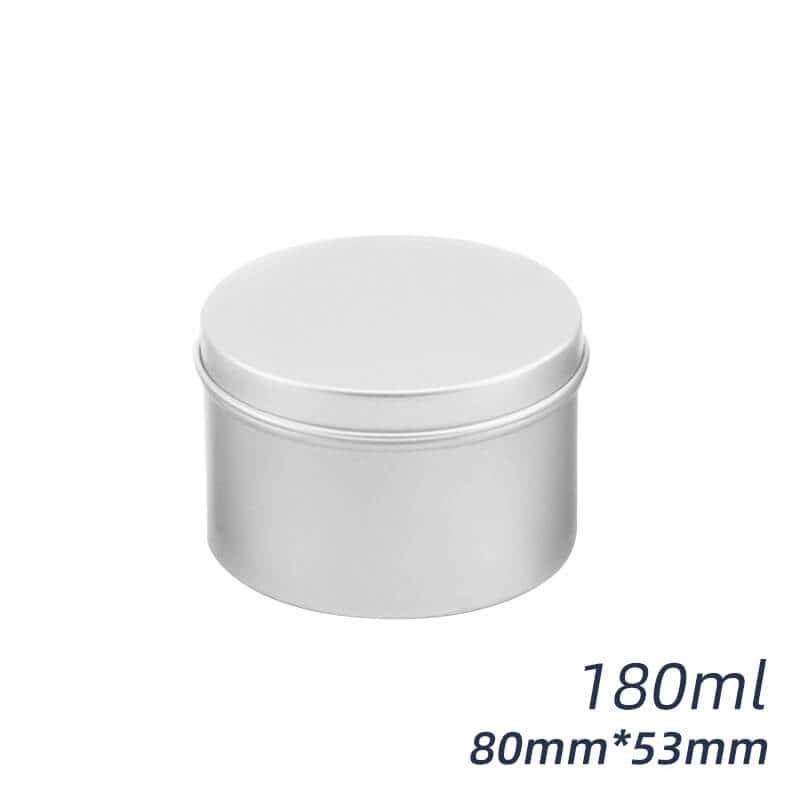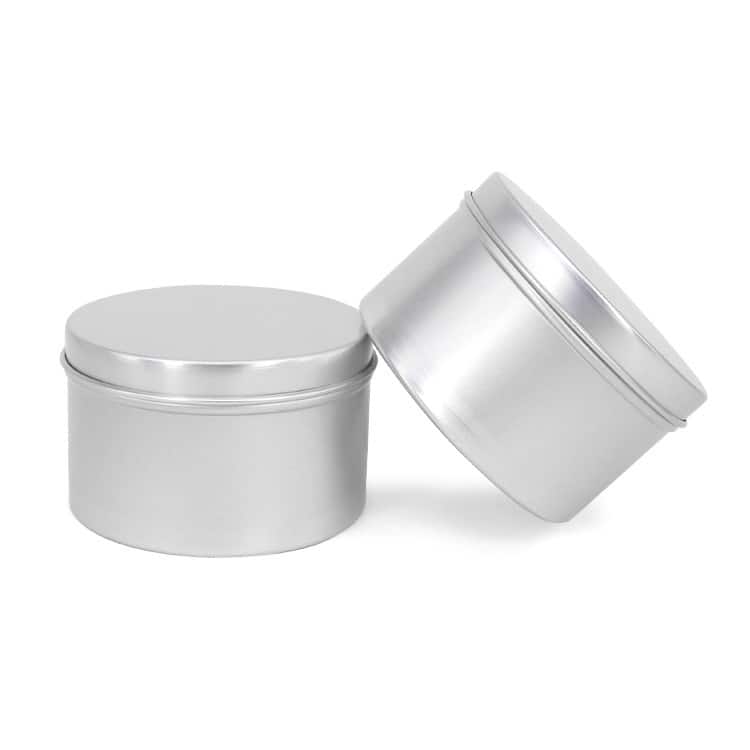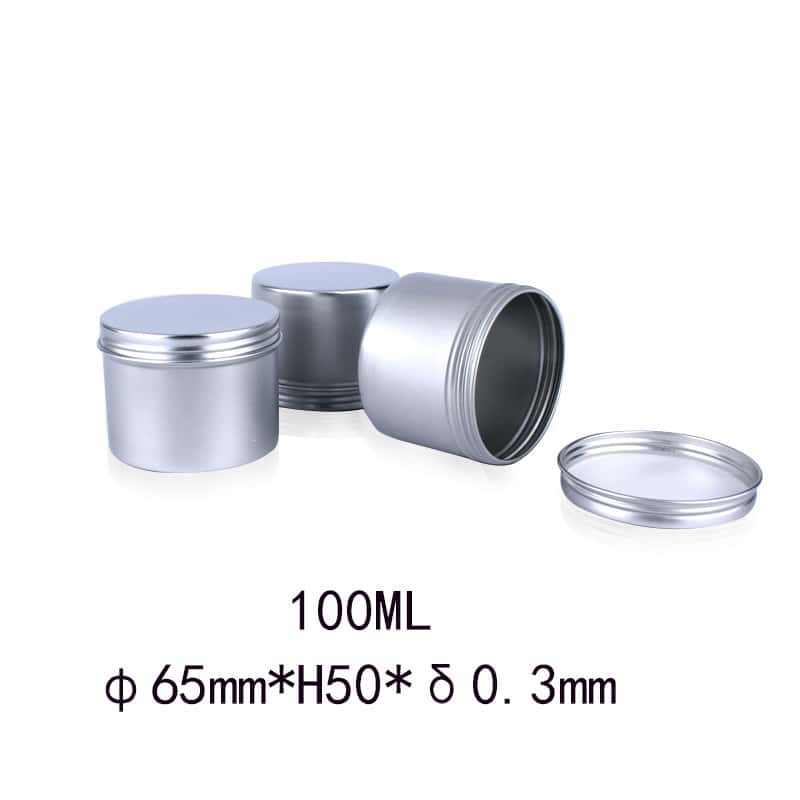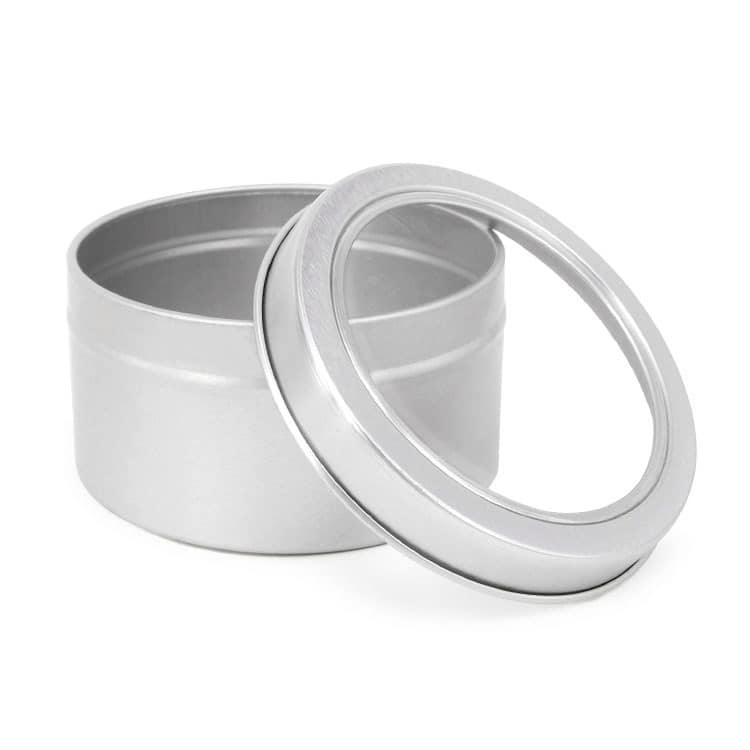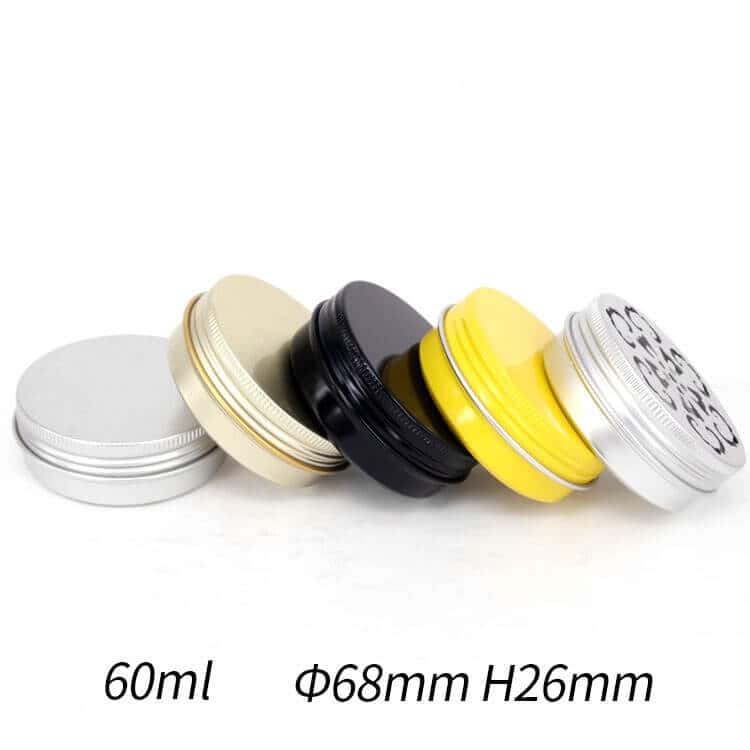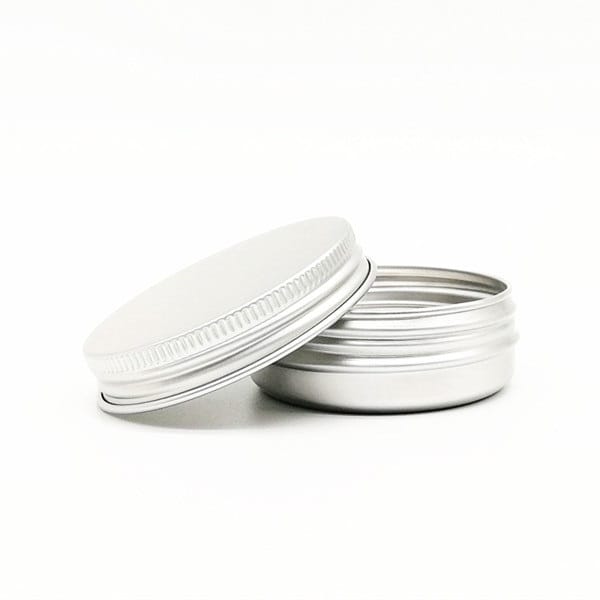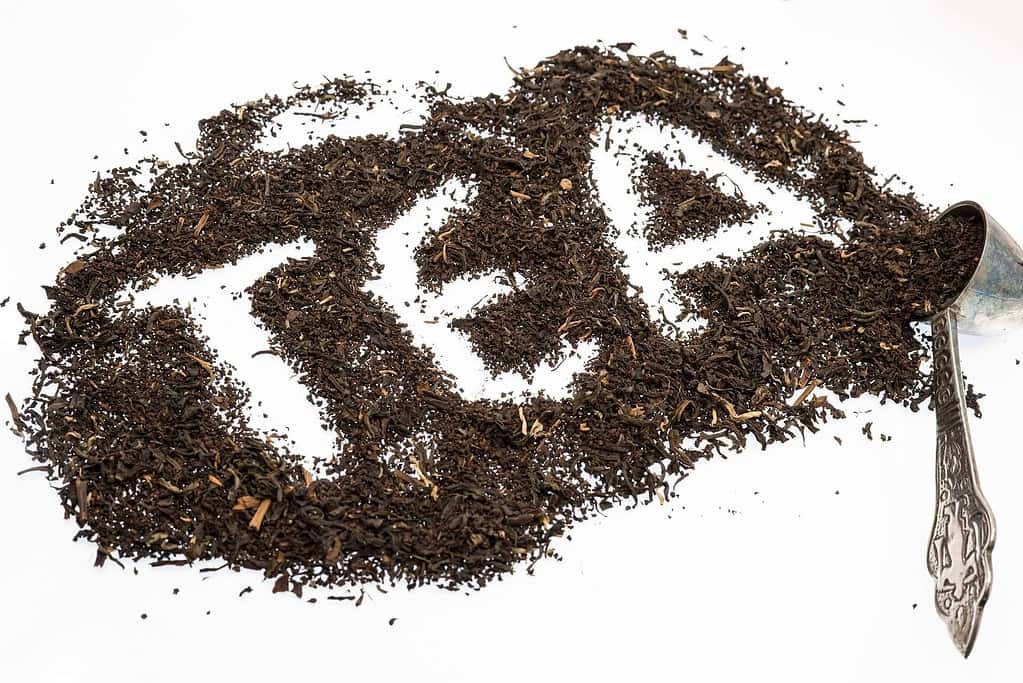
Storing tea properly is crucial to maintaining its quality and flavor. When exposed to oxygen, moisture, humidity, temperature, or light, tea can lose its aroma, taste, and color. Improper storage can lead to the growth of mold and bacteria on the tea leaves, which can be harmful to your health. The post will explain how tea can lose its aroma, taste, and color when exposed to oxygen, moisture, humidity, temperature, or light. By properly storing tea in airtight containers, in a cool, dry, and dark place, away from strong odors and sunlight. By following these guidelines, you can ensure that your tea will last longer and taste better.
Factors that affect the lifespan of tea
- Oxygen exposure
- Moisture and humidity
- Temperature
- Light exposure
Oxygen exposure
Oxygen exposure can cause the tea to lose its aroma, taste, and color. When tea leaves come into contact with oxygen, they undergo a process called oxidation, which can lead to the breakdown of the chemicals that give tea its flavor and aroma. This process can also cause the tea leaves to turn brown or yellow and lose their freshness. Therefore, it is important to store tea in airtight containers to reduce its exposure to oxygen and prolong its lifespan.
Moisture and humidity
Moisture and humidity can also affect the lifespan of tea. When tea leaves are exposed to moisture and humidity, they can absorb water and become damp, which can lead to the growth of mold and bacteria on the leaves. This can cause the tea to develop a musty or sour smell and taste, which can be unpleasant. Therefore, it is important to store tea in a cool and dry place, away from moisture and humidity. To prevent it from becoming damp and developing mold and bacteria.
Therefore, during the storage of tea, if the humidity in the storage room is too high, the water content of the tea will rise sharply. When the water content of the tea exceeds 8%, or even reaches more than 10%, the tea will deteriorate faster, and even breed microorganisms to cause mildew. Strictly speaking, it is safest to control the water content of tea leaves below 4%, and it is usually required to control the water content of tea leaves to not exceed 6%, which is beneficial to maintain quality.
Temperature
Temperature can also affect the lifespan of tea. When tea leaves are exposed to high temperatures, they can lose their flavor and aroma more quickly. Therefore, it is important to store tea in a cool place, away from heat sources, to prevent it from losing its quality. Additionally, rapid changes in temperature, such as moving tea from a cold environment to a hot one, can cause the tea leaves to expand and contract, which can damage their structure and affect their flavor. Therefore, it is important to store tea in a place with a stable temperature to prevent fluctuations that can harm the tea leaves.
Lowering the temperature of the storage room will slow down the deterioration rate of the tea leaves. The storage conditions at around 5°C are the best to maintain the quality of the tea leaves. When stored at -5°C, the oxidative deterioration of many ingredients in the tea leaves will be extremely slow. At -20°C Stored under ℃, the tea leaves can hardly deteriorate for several years or even for a long time. Therefore, low-temperature storage of tea has become an effective means to maintain quality.
Light exposure
Light exposure can also affect the lifespan of tea. When tea leaves are exposed to light, especially direct sunlight, they can undergo a process called photodegradation, which can cause the breakdown of the chemicals that give tea its flavor and aroma. This can result in the tea developing a stale or flat taste and losing its freshness. Therefore, it is important to store tea in a dark place, away from light sources, to prevent it from undergoing photodegradation and prolong its lifespan.
Properly storing tea in airtight containers, in a cool, dry, and dark place, away from strong odors and sunlight is crucial to preventing oxygen exposure, moisture and humidity, temperature, and light exposure from affecting the lifespan of tea. By reducing tea’s exposure to these factors, you can ensure that your tea will last longer and taste better.
Benefits of storing tea in a tin
Storing tea in a tin has several benefits, including:
- Airtight seal: Tins with airtight seals can prevent oxygen, moisture, and humidity from reaching the tea leaves, which can prolong their lifespan and maintain their quality and flavor.
- Light protection: Tins can also protect tea leaves from light exposure, which can cause photodegradation and affect their flavor and aroma.
- Convenience: Tins are portable and stackable, which makes them easy to store and transport.
- Aesthetic appeal: Tins come in various designs and colors, which can add a decorative touch to your tea collection.
To ensure that your tea lasts as long as possible in a tin, it is important to properly seal the tin to prevent oxygen, moisture, and humidity from reaching the tea leaves. You can do this by using a tin with a tight-fitting lid or by adding airtight seals, such as a plastic wrap or rubber bands, to the lid. It is also important to store the tin in a cool, dry, and dark place, away from strong odors and sunlight. Finally, it is helpful to label the tin with the tea’s name, date of purchase, and expiration date to keep track of its freshness.
By storing tea in a tin properly, you can extend its lifespan and maintain its quality and flavor. Additionally, tins are convenient, portable, and beautiful in design, which makes them a popular choice for tea storage.
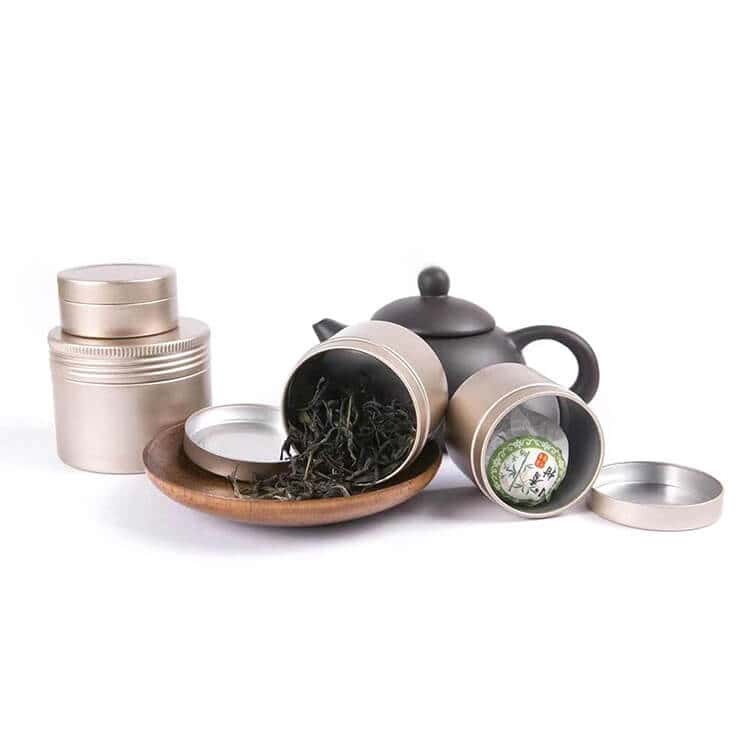
How long can tea last in a tin?
Tea can last for up to two years in a tin if it is stored properly. However, the lifespan of tea can vary depending on several factors. Such as the type of tea, the quality of the leaves, and the conditions in which it is stored. It is important to store tea in an airtight tin container, in a cool, dry, and dark place, away from strong odors and sunlight, to ensure that it maintains its quality and flavor for as long as possible.
how long does loose leaf tea last in a tin?
Loose leaf tea can last around 6 to 12 months when stored properly in a tin. The shelf life of loose tea can vary depending on the quality of tea leaves used and the storage conditions. The tea needs to be kept in an airtight container away from moisture, heat, light, and strong odors. Exposure to any of these factors can cause the tea to degrade and lose its flavor and aroma over time. It is recommended to consume loose tea within a year of purchase to ensure optimal freshness and taste.
how long does Teavana tea last in a tin?
Teavana tea can last up to two years in a tin if stored properly. To ensure its longevity, store the tea in an airtight container in a cool, dry, and dark place, away from strong odors and sunlight. Properly sealing the tin and labeling it with the tea’s name, date of purchase, and expiration date can also help maintain its freshness.
Tips for storing tea in a tin
To properly store tea in a tin, it is important to follow these tips:
- Use a tin with an airtight seal to prevent oxygen, moisture, and humidity from reaching the tea leaves.
- Store the tin in a cool, dry, and dark place, away from strong odors and sunlight.
- Properly seal the tin to prevent oxygen, moisture, and humidity from reaching the tea leaves. You can do this by using a tin with a tight-fitting lid or by adding airtight seals, such as plastic wrap or rubber bands, to the lid.
- Do not mix different types of tea: It is recommended to store different types of tea in separate tins as the flavors can mix and spoil the taste of the tea.
- Use the right amount of tea: Do not overfill the tin with tea as it needs room to breathe.
- Label the tin with the tea’s name, date of purchase, and expiration date to keep track of its freshness.
- Keep the tin clean: Make sure to clean the tin before storing tea in it to avoid any contamination.
- Use a spoon or scoop to measure out the tea instead of your hands, which can add moisture and oils to the tea.
- Avoid storing teas with strong aromas, such as mint or cinnamon, in the same tin as more delicate teas, such as green or white tea.
By following these tips, you can ensure that your tea will last longer and taste better.
How do I know the teas go bad?
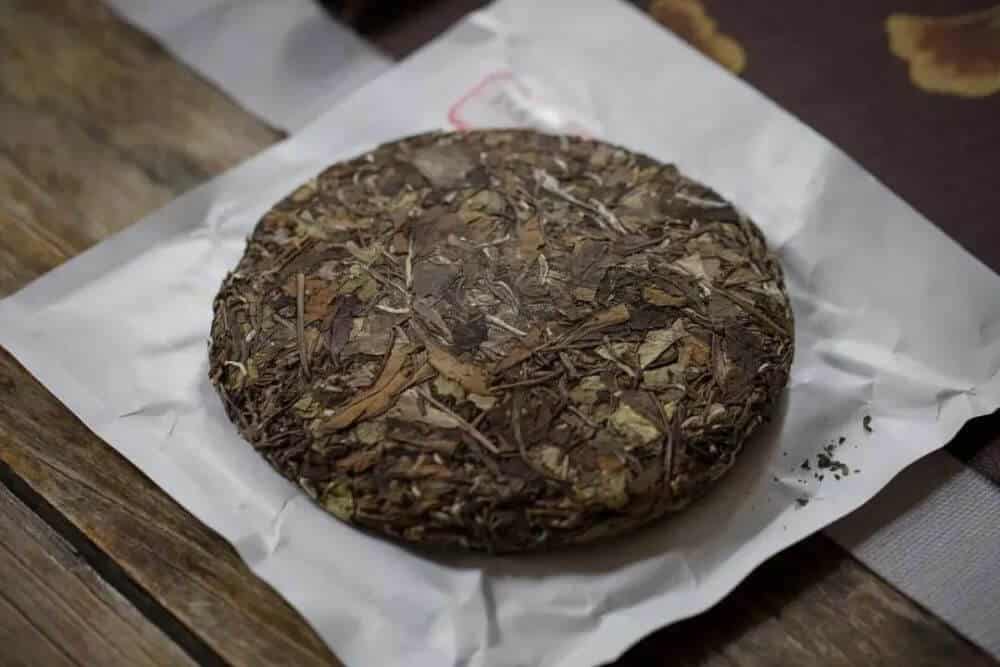
Tea can go bad if it is not stored properly or if it is past its expiration date. Signs that tea has gone bad include:
- Smell: Expired tea may have a rancid, stale, or sour smell.
- Appearance: The tea leaves may have turned an unusual color, such as brown or gray.
- Taste: The tea may taste off or flat, lacking the usual flavor.
- Texture: Expired tea leaves may feel damp or slimy to the touch.
- Packaging: If the tea has been stored improperly or for too long, the packaging may be damaged, swollen, or leaking.
If you notice any of these signs, it is best to discard the tea and not consume it.
Shelf life of different types of tea in tin
The shelf life of different types of tea can vary depending on the variety and how they are stored. Here are some general guidelines:
- Black tea: can last up to 2 years if stored properly in an airtight container away from heat and light.
- Green tea: can last up to 6 months to a year if stored in an airtight container away from heat and light.
- Herbal tea: can last up to a year if stored in an airtight container away from heat and light.
- White tea: can last up to 2 years if stored properly in an airtight container away from heat and light.
However, it’s important to note that the flavor and aroma of tea will decline over time, so it’s best to consume tea within its recommended shelf life for the best taste.
Conclusion
Proper tea storage is important to maintain its quality and flavor. Tea can last for up to two years if stored correctly in a tin. To extend the lifespan of tea, reduce its exposure to oxygen, moisture and humidity, temperature, and light. Storing tea in a tin is convenient and aesthetically pleasing. Properly sealing the tin, storing it in a cool, dark place, and labeling it can ensure the tea stays fresh. Follow these tips to enjoy your tea for longer and experience its full flavor and aroma.

